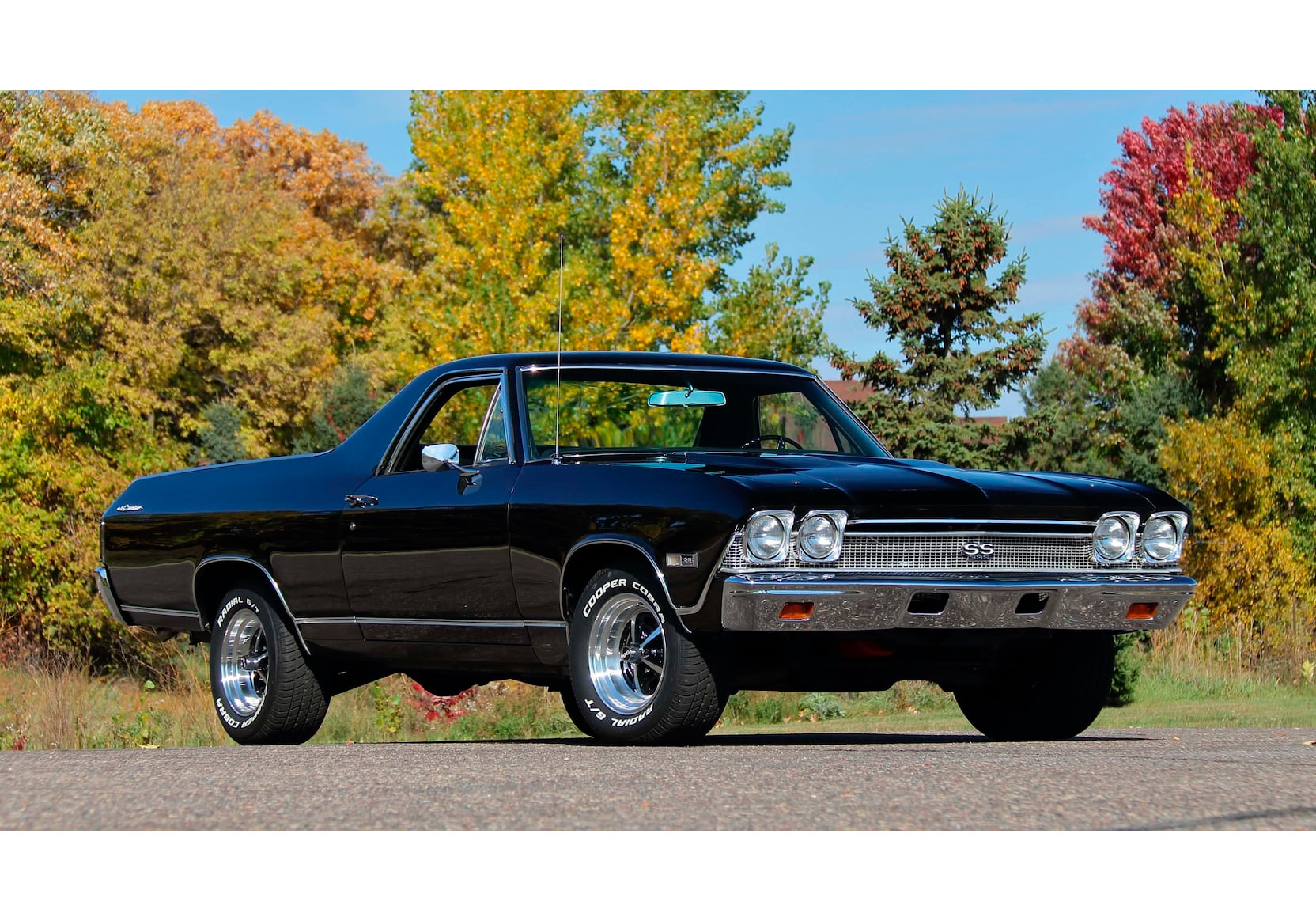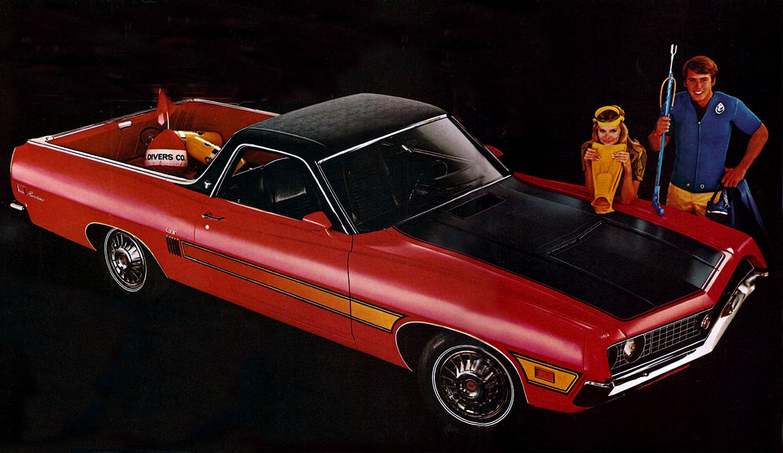Ah.........where do I start?
The conventional wisdom over here is that Ford Australia invented the ute around 1932-34 in response to a 1932 letter from a farmer's wife who wanted "a vehicle to go to church in on a Sunday and which can carry our pigs to market on Mondays".
As you say, a coupe utility. I.e. a hybrid cargo tub and passenger compartment body based off a passenger car.
There is one of the first ones on display at the Birdwood motor museum in South Australia.
https://en.wikipedia.org/wiki/Coup%C3%A ... tility.jpgA gorgeous (hot-rodded, but still) classic if ever I saw one.
Things took off from there and there have been utes for every generation of Ford and Holden cars all the way to the late 2010's when production ceased.
Though by the 2000's the ute tub was separate from the body, as seen in this 2010 Ford Ba ute.
https://en.wikipedia.org/wiki/Ford_Falcon_(BA)#/media/File:2004_Ford_Falcon_(BA)_XR6_Turbo_utility_(2010-07-08)_02.jpgStill essentially a passenger car with a cargo tub, but not one piece anymore.
The Japanese came along and offered competition, though their offerings were not usually directly derived from their passenger cars.
These were still called utes. I own a 1989/90 Mitsubishi Triton ute. It was sold in the states as Mitsubishi Mighty Max and a Dodge Ram 50.
Then the trend to ever bigger and bigger 2 and 4 door 4x4 utes took off.
These are still "utes".
But, we sometimes call 'em trucks or even Tonka Trucks. You might say, over a few sherbets at a barbie, "Yeah mate, I'm pretty happy with me little Tonka Truck," and the average Aussie bloke will know what you are probably driving - a Toyota Hilux, Nissan Navara, Mazda Bravo, Isuzu D-Max, Ford Ranger or Holden Colorado. (Not to be confused with a Chev Colorado.) VW and Mercedes are staring to make in-roads into the market now.
By the way, no one of a certain vintage says "Chevvy" over here - its Chev or Chevrolet.
I believe a South African, of whom we have a few, would call all these vehicles "bakkies". They of course are in love with VW Amoroks, which just goes to show them Saffers never did have any sense.
Rams, Silverados and F-Trucks have been here for a long time. Ford used to assemble F-trucks here in right hand drive, at which time F-trucks with tubs were "utes" and F-trucks with flat bed trays were "trucks".
Of course, all the "Yank Tanks" are imported by smaller firms and converted here these days. This leaves these vehicles only available to people with more money than commonsense. About the cheapest 2021 Silverado you can buy is $120,00. The cheapest 2021 F-150 advertised on carsales.com.au is $149,000
So, we don't have a lot of American "trucks" running around. They exist, of course, but bloody expensive. If that American truck has a tub on the back, rather than a flat bed tray, it's a ute.
But, we do some times refer to our body-and-tub-on-chassis 4wd utes as "trucks"
Of course, if an Aussie at the aforementioned barbie was to say "I drive trucks", this is what would spring to mind:
https://westernstar.com.au/western-star-6900-fxc/Hope all this clears it up for ya.













